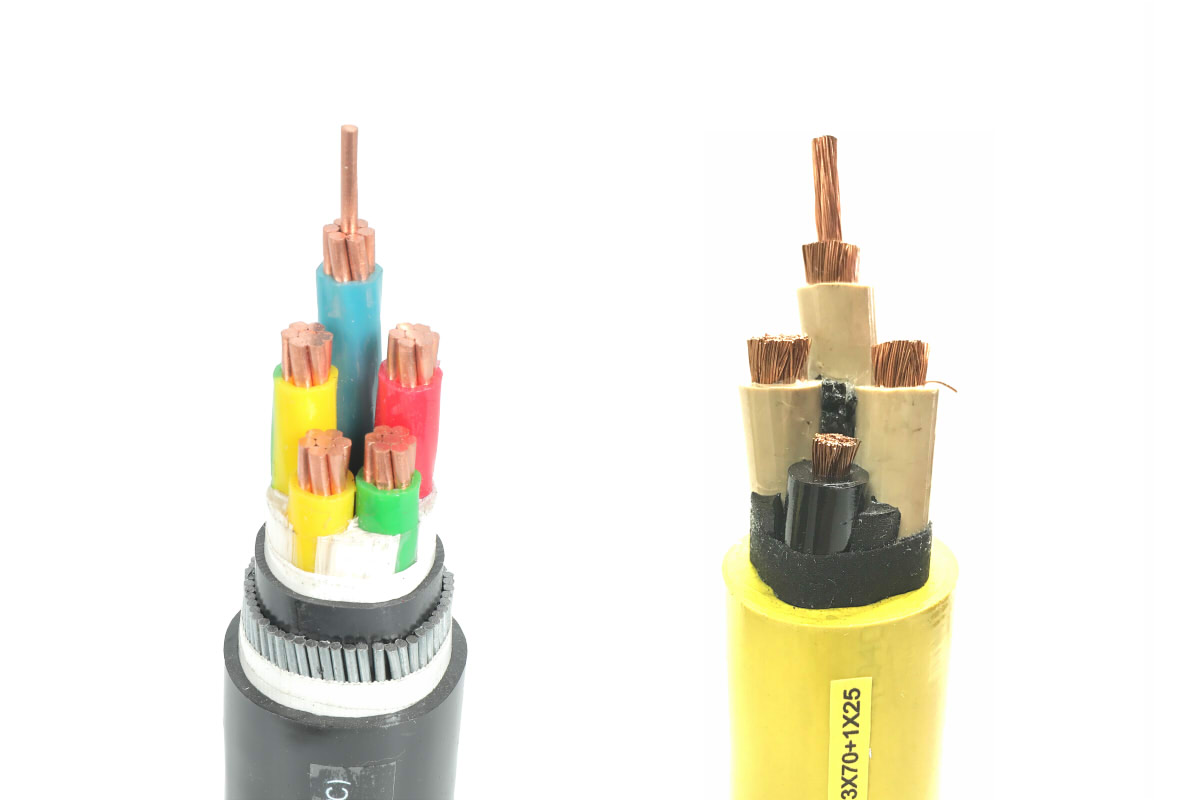When it comes to electrical cables, there are different types of insulation used to protect conductors and ensure safety in electrical installations. Two of the most common types of insulation are plastic and rubber.. In this article, we will explore the differences between plastic and rubber insulated cables, His composition, their uses and the advantages and disadvantages of each.
Table of Contents
- What is a plastic insulated cable?
- What is a rubber insulated cable?
- Insulation composition and characteristics
- Uses and applications
- FAQ (Frequent questions)
- Conclusion
What is a plastic insulated cable?
Plastic insulated cables are electrical cables that have an insulating coating made of plastic materials.. This type of insulation is widely used in various applications due to its durability., resistance to heat and chemicals, and its ability to resist moisture. The plastic used in these cables can be of different types, as PVC (polyvinyl chloride) cables o XLPE (cross-linked polyethylene) cables.
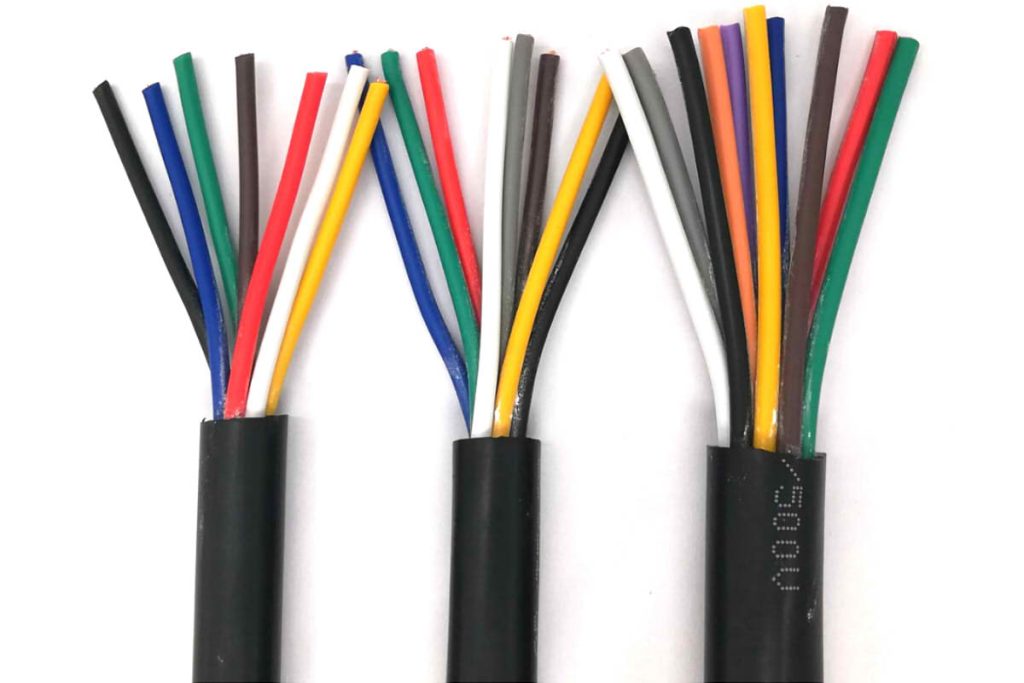
What is a rubber insulated cable?
rubber insulated cables, on the other hand, have an insulating coating made of rubber materials. The rubber used in these cables is generally of the elastomer type., which gives it flexibility and resistance to extreme temperatures. Rubber insulation is known for its ability to withstand harsh environmental conditions and its resistance to aging and abrasion.
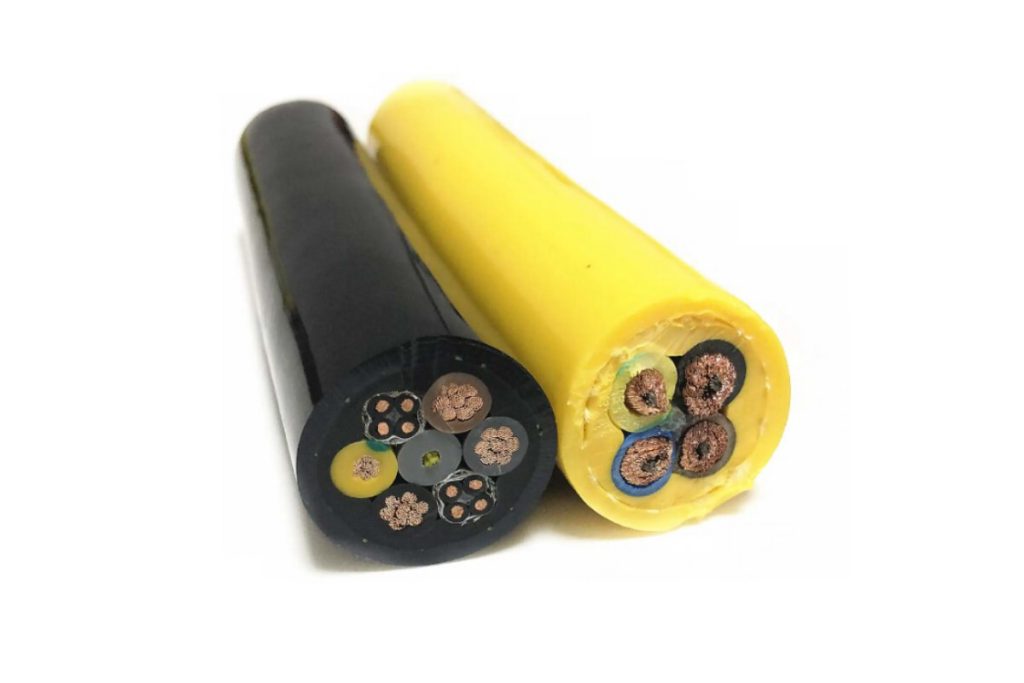
Insulation composition and characteristics
Plastic insulation consists of plastic resins that are molded into a suitable shape to encase electrical conductors.. PVC is one of the most commonly used plastics due to its availability, low cost and good dielectric strength. Secondly, XLPE is a modified polyethylene that offers greater resistance to heat and a greater capacity to withstand load currents.
Regarding rubber insulation, a variety of elastomers are used, like neoprene, ethylene-propylene and silicone rubber. These elastomers are blended with additives to improve the physical and electrical properties of insulated rubber cables. The result is a flexible and resistant insulation that can withstand extreme temperatures., aggressive chemicals and harsh environmental conditions.
The essential difference between rubber and plastic insulated cables is that plastic deforms plastically., while rubber deforms elastically. In other words, plastic does not easily return to its original shape after deformation, while rubber does it much more easily.
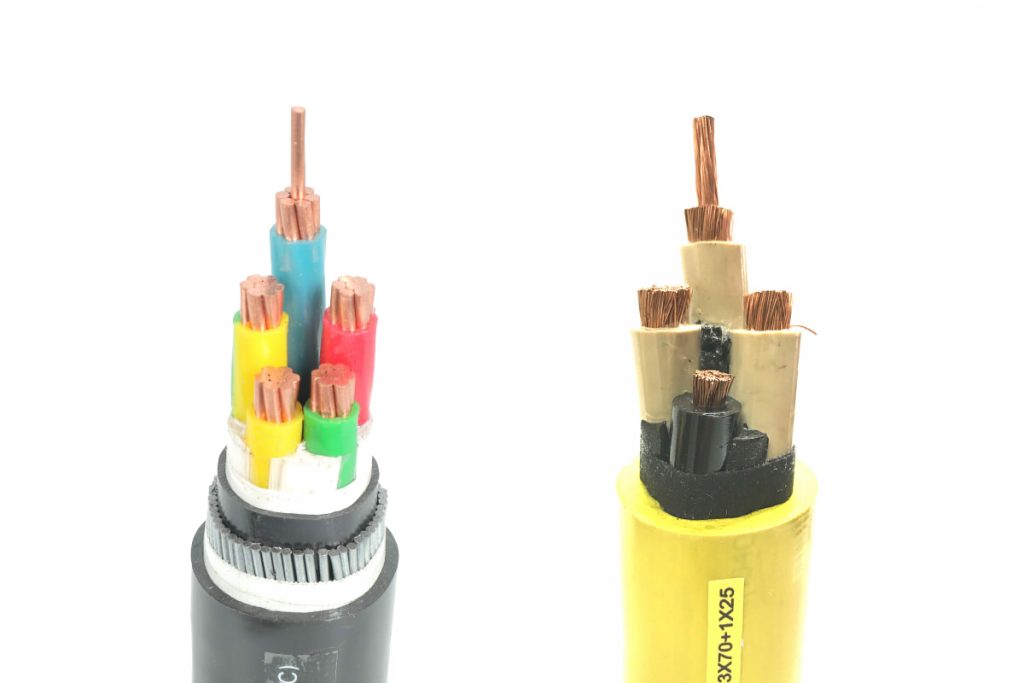
As a rule, Plastics have better insulating properties than rubber because they can provide dielectric strength and dielectric constant greater.
Rubber is usually more durable than plastic. Rubber is softer than plastic and is easier to bend and stretch.. Subjected to mechanical efforts and repetitive stresses, rubber materials are more stable and less likely to break or deform.
Nevertheless, plastic insulated cables are cheaper than rubber insulated. These characteristics give rise to differences in their use and application..
Uses and applications
plastic insulated wires
Plastic insulated cables find a wide range of applications in various industrial and commercial sectors. Some of the common uses for plastic insulated cables include:
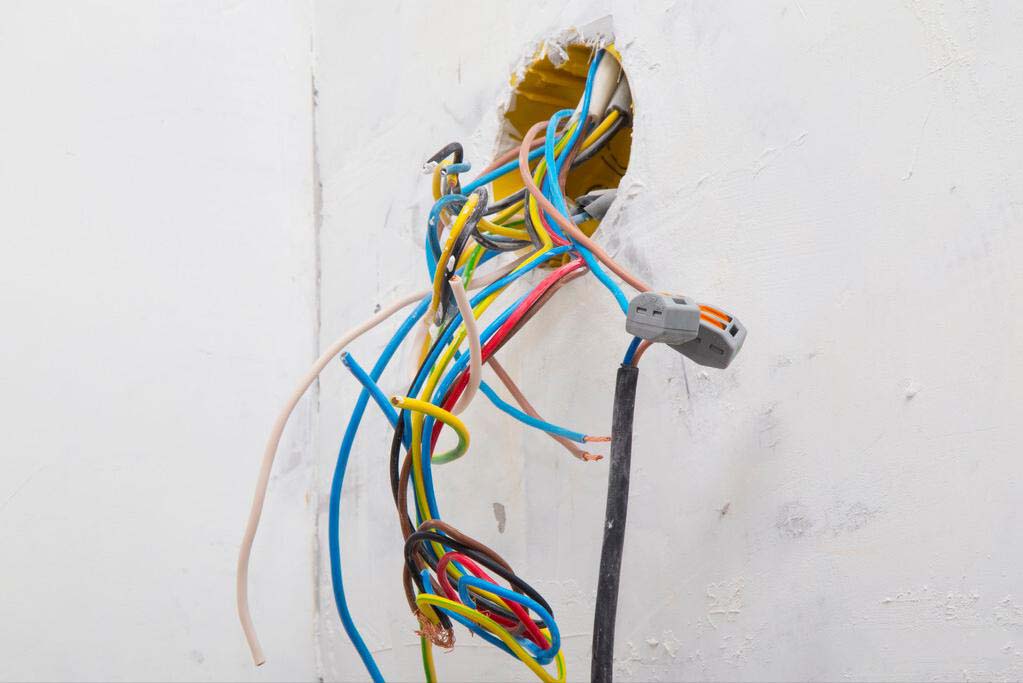
Residential electrical installations: PVC cables are widely used in residential applications for the distribution of electrical power in homes and buildings..
Automotive industry: Plastic insulated wires are used in the manufacture of automotive and vehicle wire harnesses.
Construction sector: in construction applications, los XLPE insulated cables and PVC are used for the installation of lighting systems, security systems and communication systems.
energy industry: Plastic insulated cables are used in the generation, transmission and distribution of electrical energy.
rubber insulated cables
Rubber insulated cables are especially suitable for applications that require flexibility and resistance to extreme temperatures.. Some of the common uses for rubber insulated cables include:
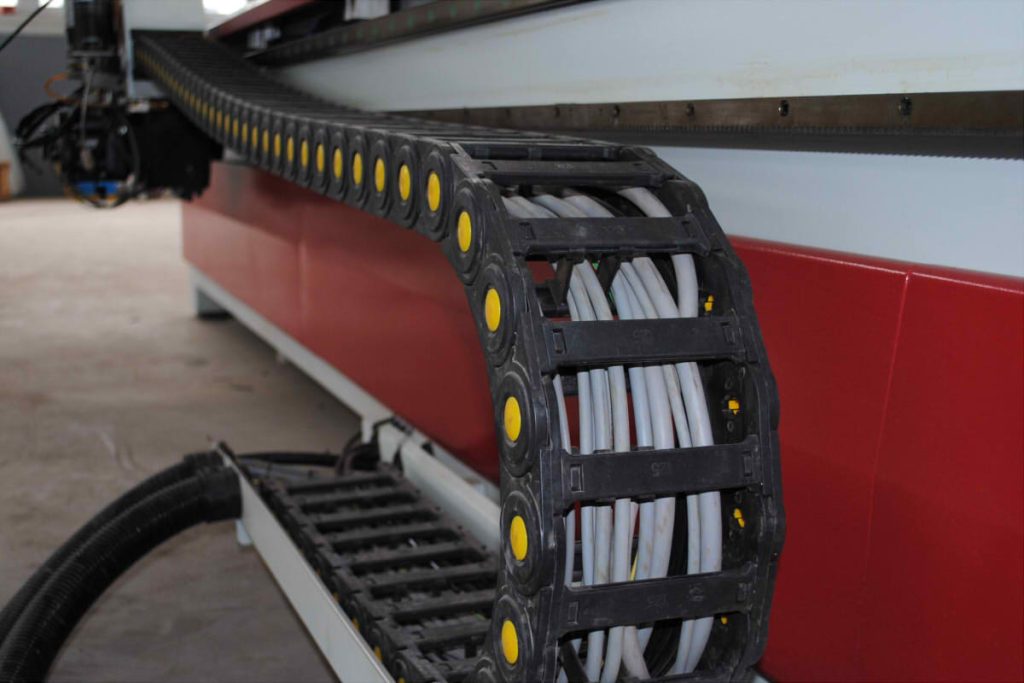
marine industry: Due to its resistance to moisture and abrasion, rubber insulated cables are used in marine applications, such as navigation and power generation on boats.
Mining industry: Rubber insulated cables are ideal for use in mining environments, where they face extreme conditions and aggressive chemicals.
oil and gas: Rubber insulated cables are used on oil rigs and in oil and gas extraction and refining operations.
mobile teams: Rubber insulated cables are common in applications involving mobile equipment, like cranes, construction equipment and heavy machinery.
FAQ (Frequent questions)
What are the advantages of plastic insulated cables?
Plastic insulated cables offer several advantages, including:
high insulation
low flammability
High degree of adaptability
Relatively low cost and availability
What are the advantages of rubber insulated cables?
Rubber insulated cables have the following advantages:
Flexibility and bendability
Resistance to extreme temperatures
Moisture and abrasion resistance
Good resistance to aging
What are the disadvantages of plastic insulated cables?
Some of the disadvantages of plastic insulated cables are:
UV sensitivity, which can lead to insulation degradation
Higher rigidity compared to rubber cables
Lower resistance to extreme temperatures compared to some types of rubber cables
What are the disadvantages of rubber insulated cables?
The disadvantages of rubber insulated cables include:
Higher cost compared to plastic cables
Higher flammability compared to some plastic insulation materials
Less retrofit capability than plastic insulated cables
What is the difference in chemical resistance?
Both plastic insulated cables and rubber insulated cables offer good resistance to chemicals. Nevertheless, the type of plastic or rubber used can influence the specific resistance to certain chemicals. It is important to consider the specific needs of each application and choose the most suitable type of insulation..
What type of cable should I choose for the application?
The choice between plastic and rubber insulated cables depends on several factors., as environmental conditions, flexibility requirements, resistance to extreme temperatures and chemicals present. Consultation with an electrical wiring expert is recommended to determine the best option for your specific application..
Conclusion
In summary, Plastic and rubber insulated cables are two common types of insulated cables used in electrical installations. Each have their own advantages and disadvantages in terms of heat resistance., chemical products, flexibility and resistance to extreme temperatures. Choosing the right type of cable will depend on the specific needs and requirements of each application.. Understanding the differences between plastic and rubber insulated cables, you will be able to make an informed decision and guarantee a safe and efficient electrical installation.

